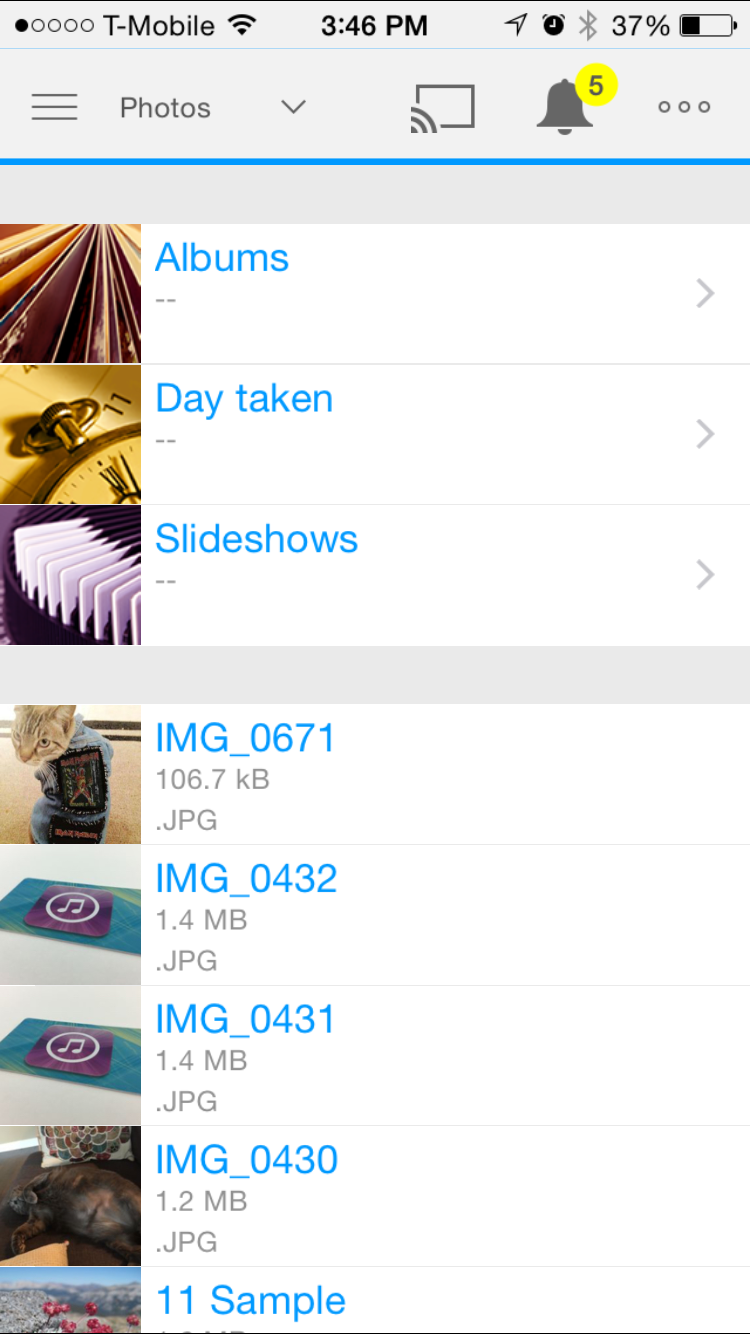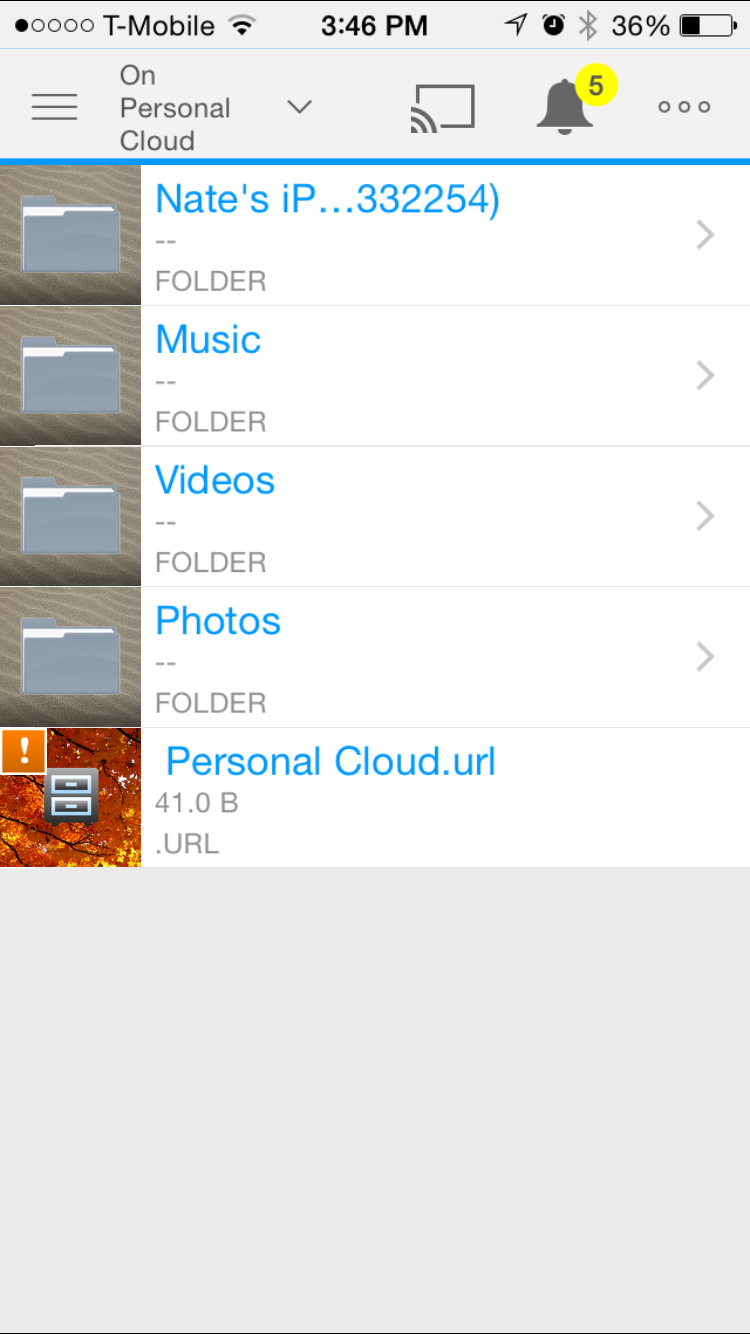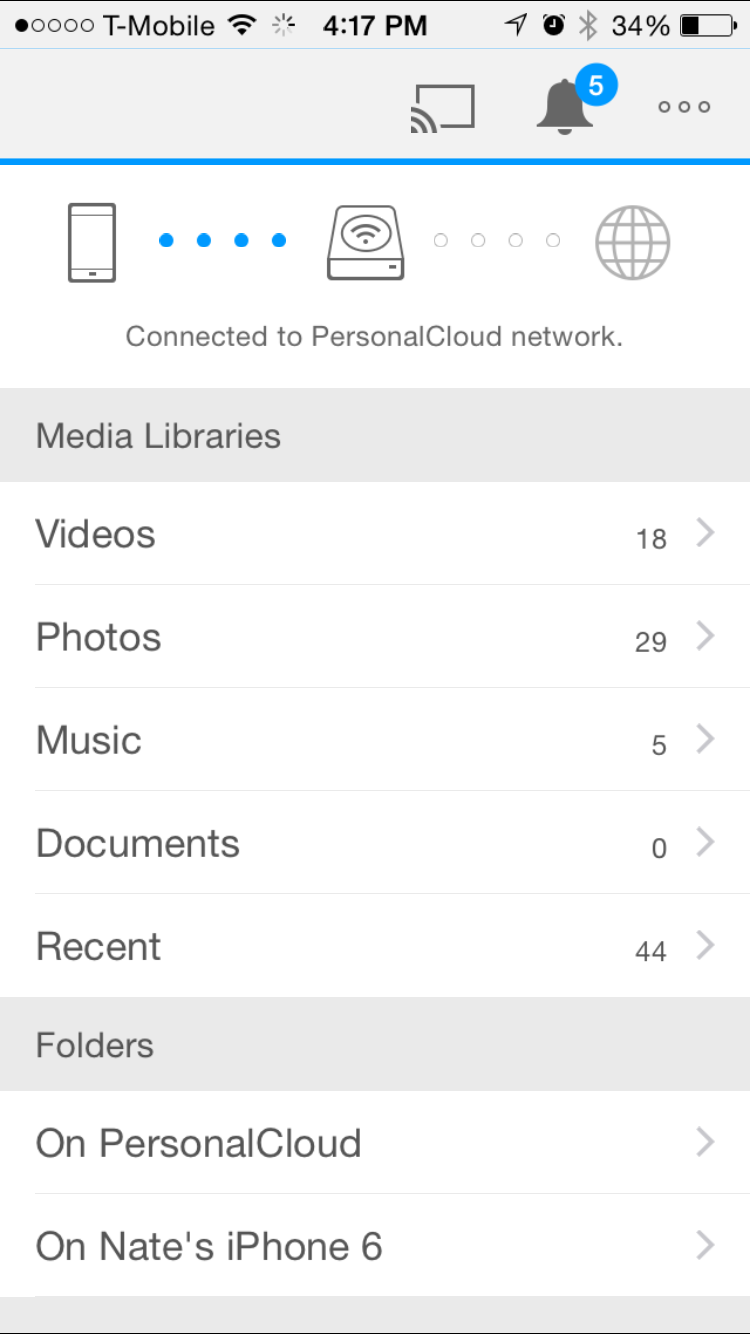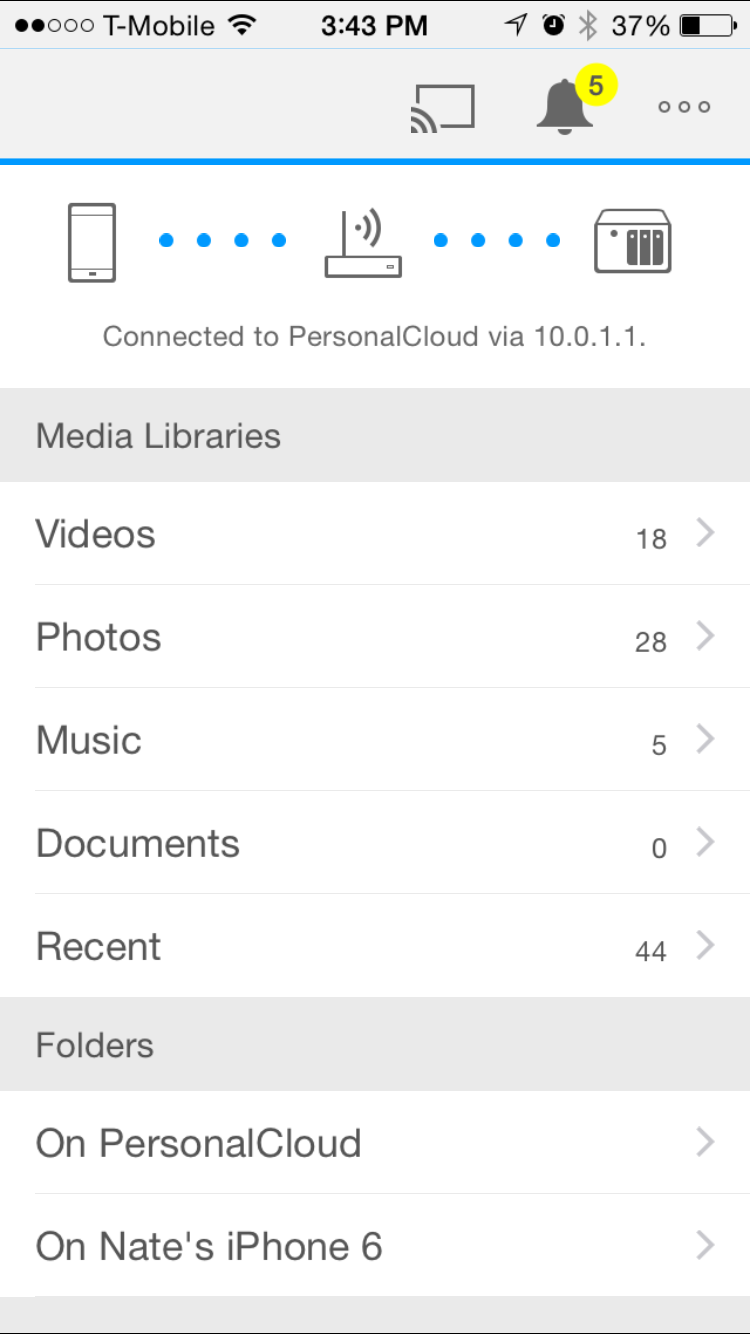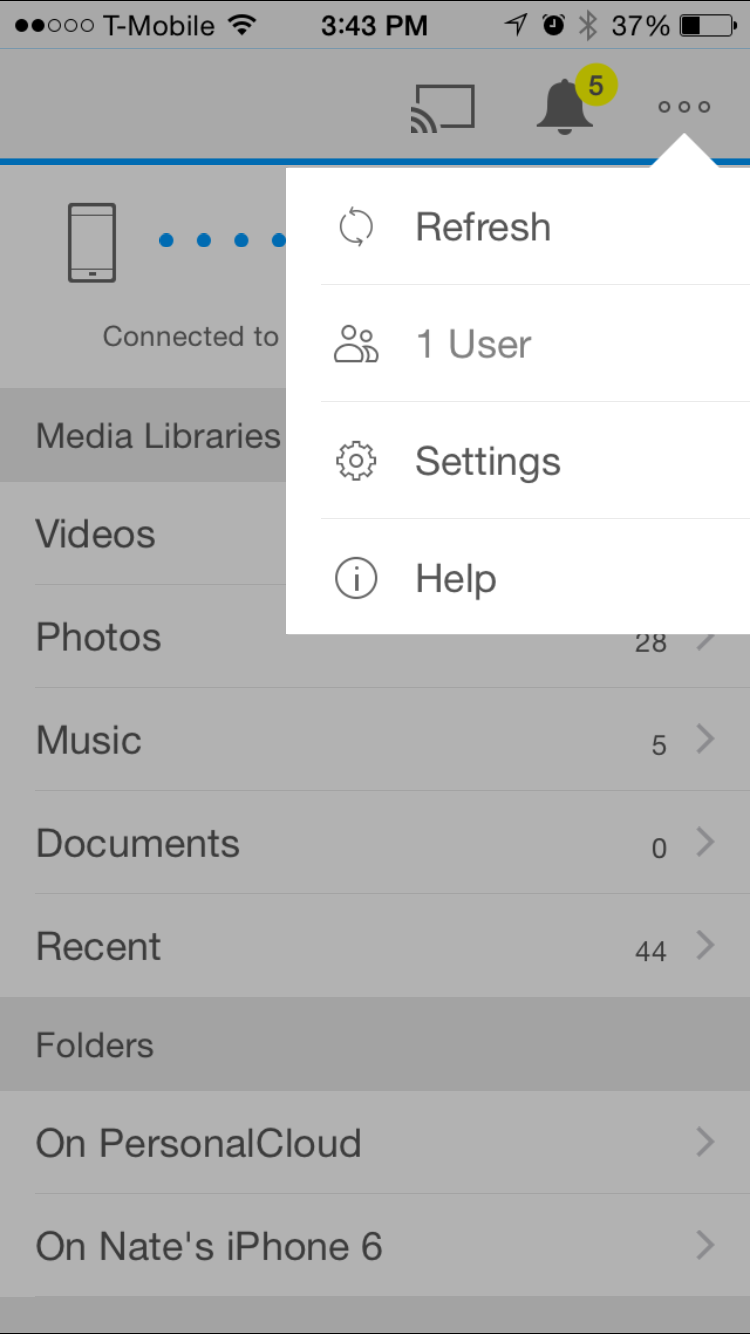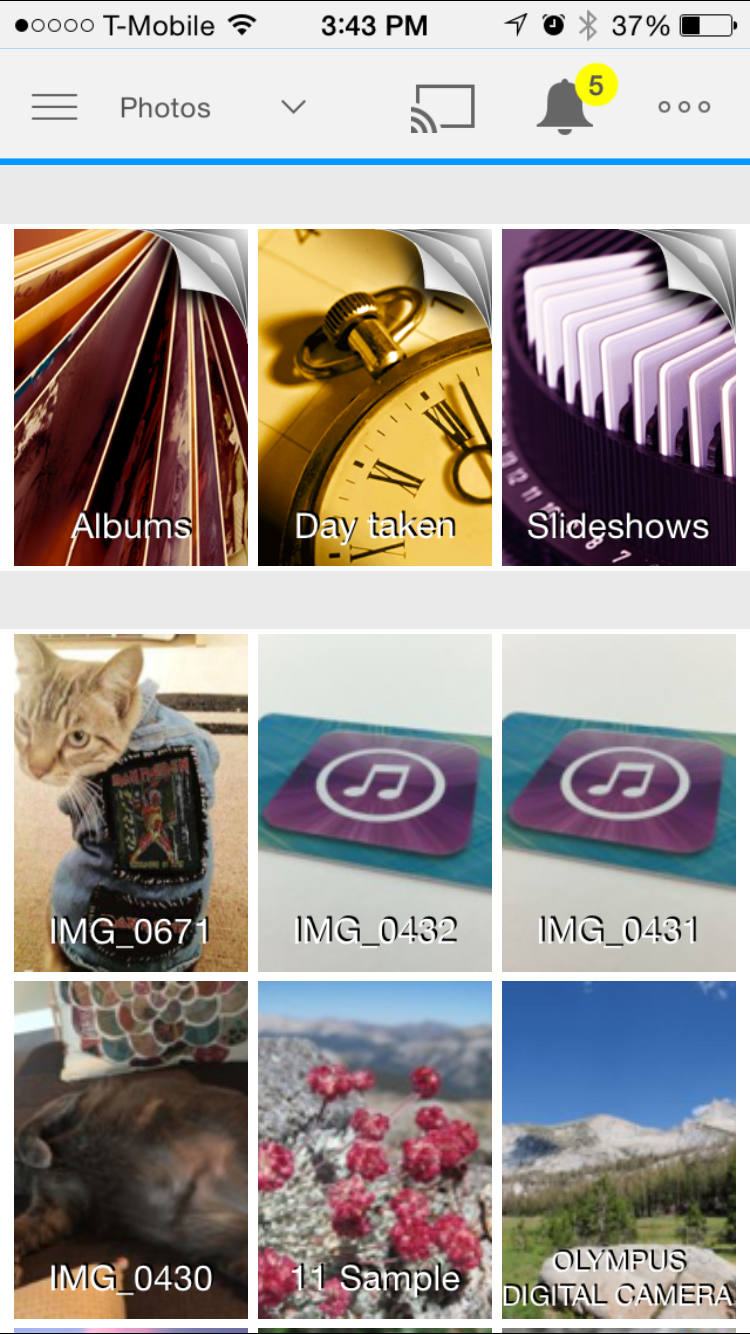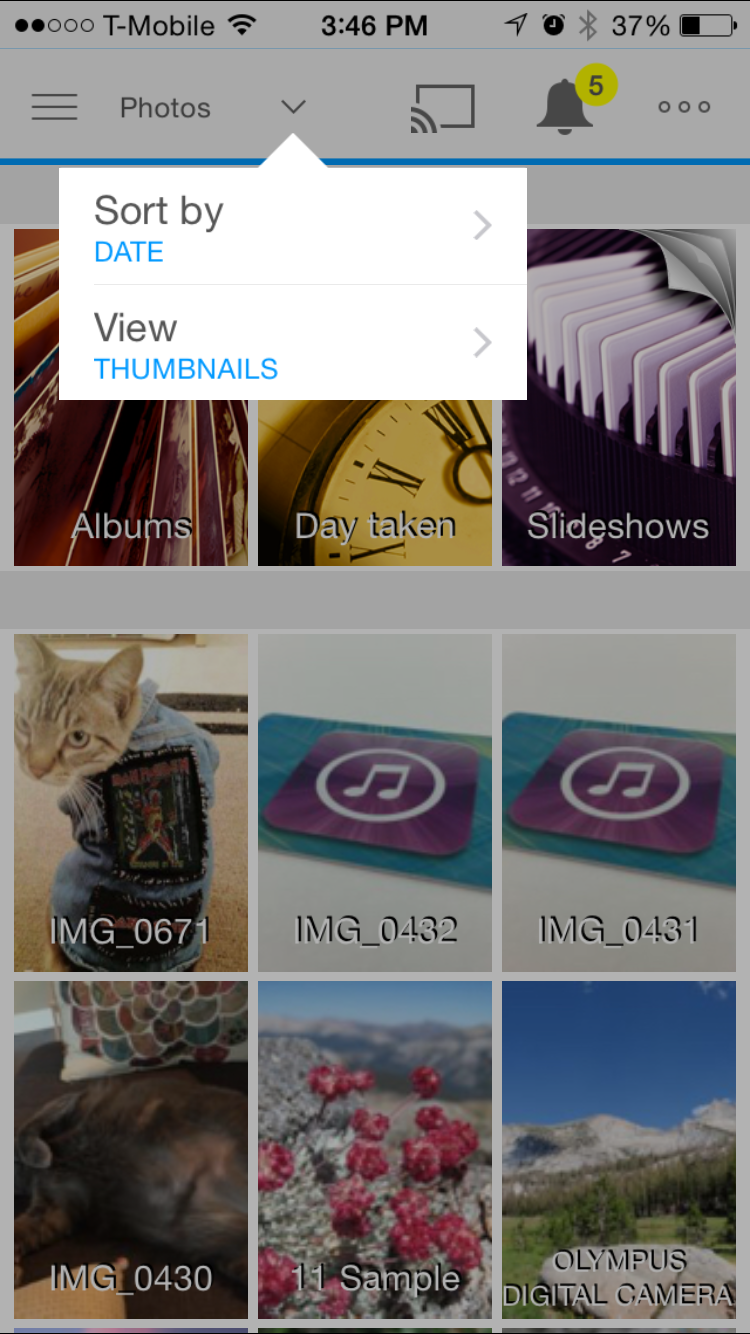Seagate Personal Cloud Review
Cloud storage is the current step we're taking when it comes to managing our files. We also look to cloud storage to keep our pictures and videos safe, too. With all the security mishaps of late, keeping your info locked away on someone else's hardware might be concerning. If that sounds like you, Seagate has a solution. Their Personal Cloud offers similar cloud-based features as your existing provider, except it's all yours. Does it perform as well as it's billed, though? We find out.
Hardware
The exterior of the Personal Cloud from Seagate is a handsome black slate that will look great in any home or office. It's classy, plain and simple. A small branding effort on the front and quiet light toward the top corner are your only interruptions of note.
Inside, the Personal Cloud uses NAS HDDs. The total storage on the Personal Cloud as tested was 8TB. It is a 2-bay system, though, which means two 4TB bays that can be configured.
The two bays are RAID 0 and 1, respectively. That offers you data security as well as an option to extend your hardware; you can either activate both drives for read/write, or choose to keep one as a mirror.
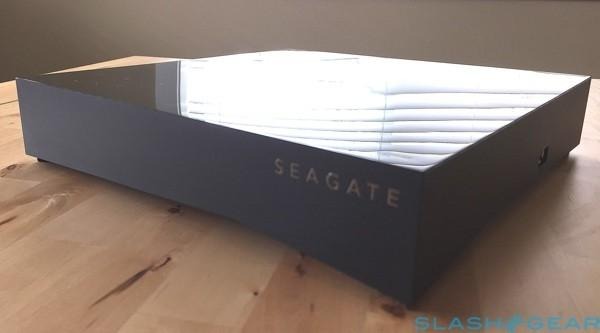
Use
Setting the Personal Cloud up is simple. I quite literally plugged it into my router, and my MacBook recognized it as a connected, shared drive in seconds.
From there, Personal Cloud acts as any other cloud storage might. You can upload files as you wish from desktop or mobile, and it even works with some smart TVs. If you want to stream it to a non-smart TV, you can cast your pics and video to a Roku or Chromecast.
So long as you have your Personal Cloud hooked up to a router via ethernet (and your Internet connection stays active), you can access your files from anywhere in the world. Again, it's just like the cloud solution you have now. I tried uploading/downloading/accessing files while out and about on both mobile and desktop, and never had a problem.
Uploads happen just as snappy as Google Drive, my cloud storage of choice.
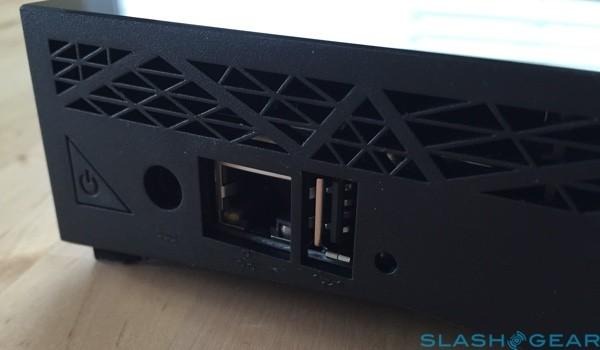
There's an automatic upload option I really enjoyed, here. It worked just like you'd find with iPhoto, Dropbox, or any other syncing cloud storage solutions. Take pics and forget all about uploading.
Seagate says any and all file types are welcome, which is true. I uploaded several different files, ranging from movies and pictures to several different kinds of documents. The upload/download process was seamless and easy.
Where Seagate failed was playback. GIF files don't seem to play via their app, neither do some movie files that played natively on devices outside of the app. Movies via iTunes also don't play, which seems to be a recent failure since the iOS 8 update (according to iTunes comments).
Something else to keep in mind is that the files you store on Personal Cloud aren't hosted. You won't be able to send links to a folder as you would with Dropbox or Google Drive. If you plan on using this to send large files or folders, your emails might gobble bandwidth.
Software
If there's one issue with Seagate's Personal Cloud, it's the software.
The app for iOS and Android works fine for simple upload/download, but lacks a welcoming interface. You're immediately met with a very straightforward, boxy app that could do a lot to simply create a more welcoming landing screen.
Everything is laid out in thumbnail, too. Filters for timestamps or albums are presented via thumbnails that use stock imagery. Some small pieces of the iOS app suggest Seagate hasn't really thought about it since iOS 6 (or earlier), either.
Oddly, the upload process is completely backwards from what you might be used to, also. Rather than hitting a central 'upload' button, you have to first access your photo album within the Seagate app, then select the files you want to upload. It's a rather cumbersome process that is, like most of the app, best reimagined in a ground-up redesign.
You also can't create or delete folders via the mobile app. If you were to leave for vacation, and wanted to upload pictures during your stay to a particular folder — you better create a file for them via the desktop first.
Final word
The hardware end of Seagate's Personal Cloud scheme is wonderful. It looks good, reads and writes fast, and otherwise does exactly what you'd want. It's also a cloud storage system you own. That's pretty cool.
I opted for the mirroring for a few reasons. First, I already have 1TB storage via Drive (via free Chromebook storage offerings), and have yet to sniff 3% there. I can't see myself needing 8TB storage, but I can see a drive faltering or failing before I fill up 4TB. I'd rather have my stuff mirrored and a bit more secure.
If you had stuff you absolutely could not lose, it's best to have a backup somewhere. Just food for thought. The warranty here is two years, which is all Seagate will guarantee it (and your data) for.
Personal Cloud is a sizable investment at $49 (as tested — drives start at $169), but a good one. Depending on your cloud storage needs, a one-time fee for a drive that will probably last quite a few years might be better (and give you better peace of mind) than paying annually or monthly for cloud storage.
Cloud storage is dropping in pricing all the time, but you're renting space. With Personal Cloud, you own your space. Like owning a home, you also own any problems that arise from ownership. I can recommend Seagate's hardware, but I'd really like to see their app improve dramatically. If Seagate was as serious about software as they are hardware, Personal Cloud would be a runaway hit.

